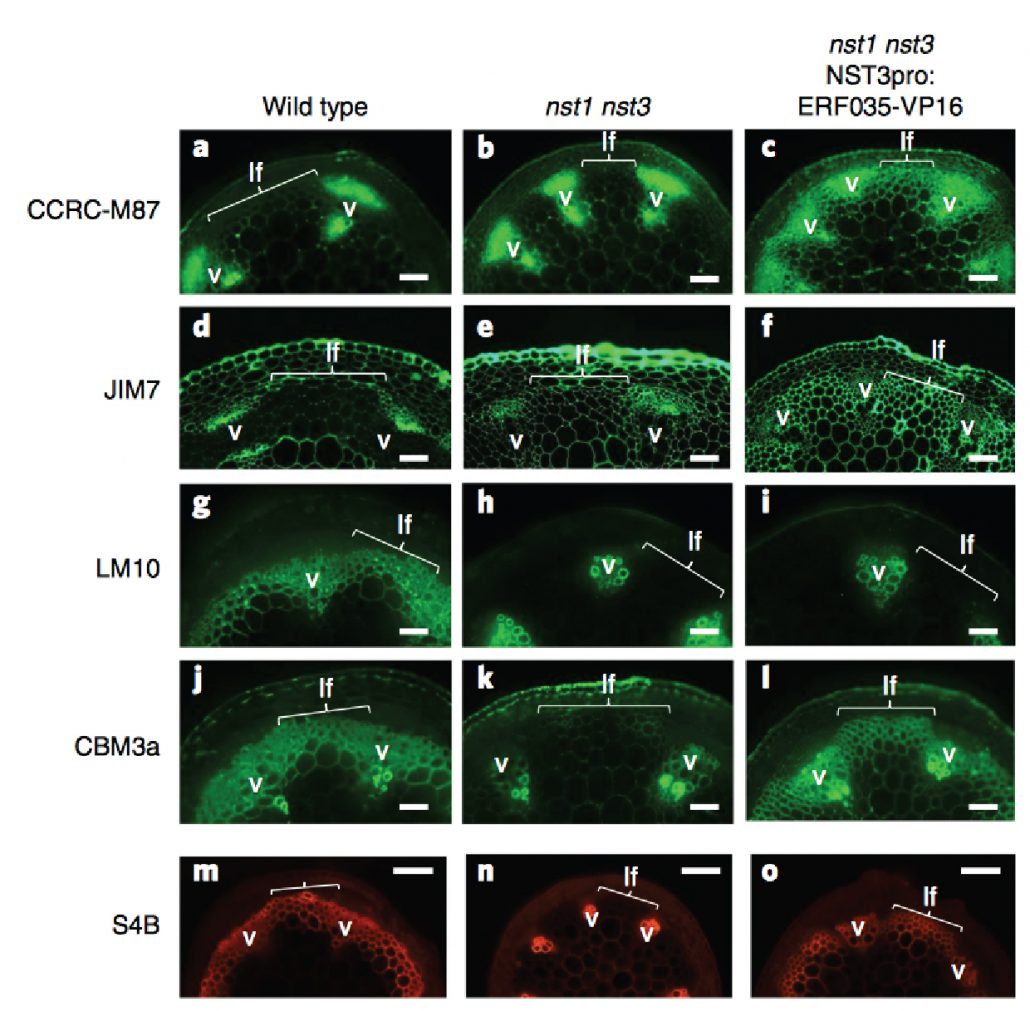
Complete substitution of a secondary cell wall with primary cell wall in Arabidopsis (Nature Plants - $)
Plant cell walls are important for terrestrial lifestyle, providing support and directing the plant growth. The primary and secondary cell walls differ in their chemical composition and flexibility. Secondary cell walls are less perceptive to industrial degradation processes and therefore pose problems…

Cellulose Synthase Stoichiometry Varies among Species and Tissues
Cellulose, the most abundant biopolymer on earth, is an important structural component of the primary and secondary cell wall of plant cells. It is also found in animals (tunicates), oomycetes, and bacteria (Kumar and Turner, 2015). Besides providing support and rigidity in living organisms, cellulose…

Enzyme helps as a transcription factor in lignin production
Arjen Dijkgraaf | Wednesday, July 4, 2018 (Originally published in C2W Boeken. Translation by Google Translate)
In poplars a protein appears to have a bizarre double function: it makes building blocks for amino acids but also regulates the production of lignin. It could be a new way to create…
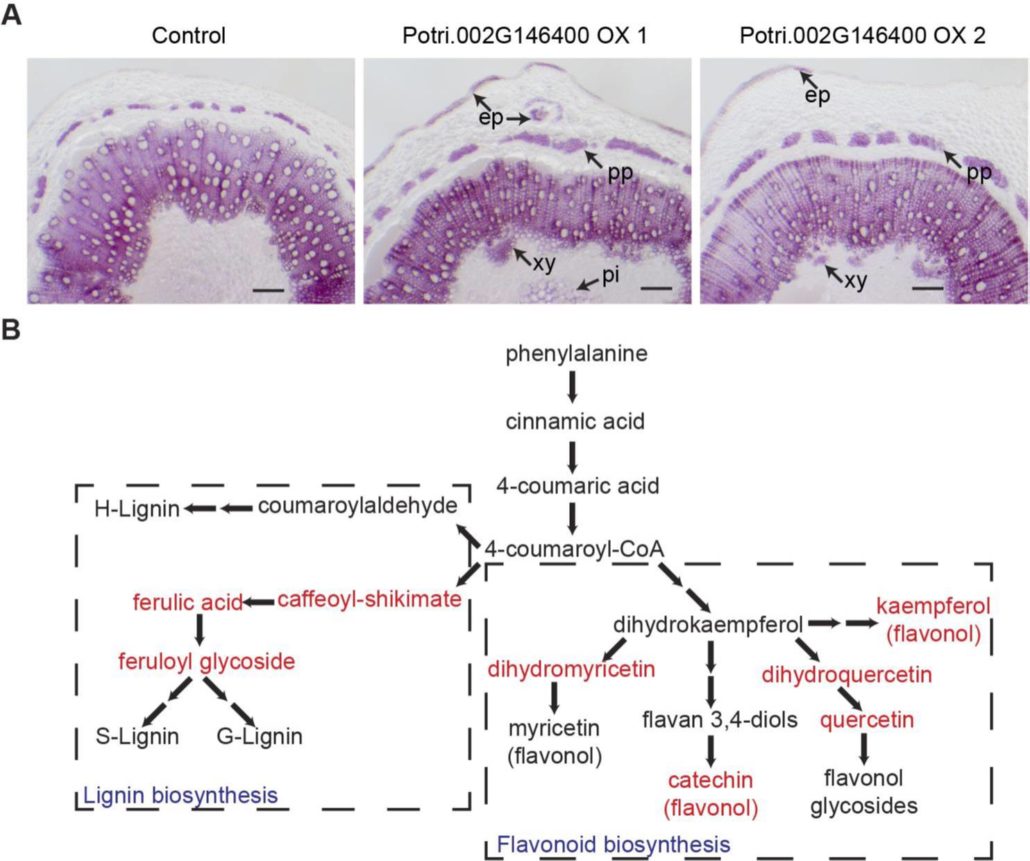
A 5-enolpyruvylshikimate 3-phosphate synthase functions as a transcriptional repressor in Populus
Here’s a fascinating story; starting with an association study, Xie et al. found that a protein previously identified as an enzyme involved in phenylpropanoid metabolism (specifically, 5-enolpyruvylshikimate 3-phosphate synthase, EPSP) also acts as a transcriptional regulator of this pathway, not only…
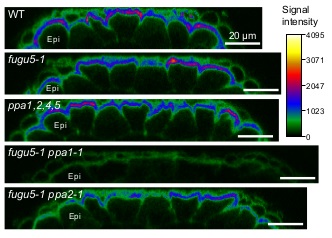
Life of PPi: Soluble PPases and H+-PPase act cooperatively to keep pyrophosphate levels in check
Inorganic phosphate (PPi) is a byproduct of many metabolic reactions, including those involved in sucrose, sugar nucleotide, and cellulose biosynthesis. Although PPi is an important phosphate donor and source of cellular energy, high levels of cytosolic PPi are toxic, disrupting the metabolic reactions…
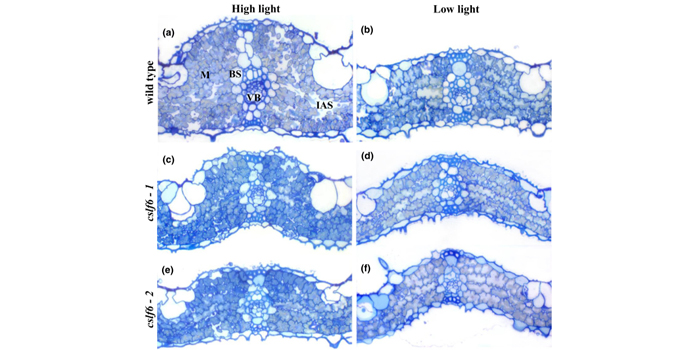
Cell wall properties in Oryza sativa influence mesophyll carbon dioxide conductance (New Phytol) $
Mesophyll CO2 conductance (gm) is an important factor in determining the concentration of CO2 at the site of fixation in the chloroplast stroma, and as such is crucial for determining photosynthetic capacity. The mesophyll cell wall provides a major site of resistance to CO2 diffusion into the stroma…

A New Polysaccharide with a Long Evolutionary History
By Peter Ulvskov and Jesper Harholt
For the first time in a very long time, a new polysaccharide is reported in plants. Roberts et al. (2018) discovered an arabinoglucan in the moss Physcomitrella patens. This discovery came about not as a result of biochemical characterization of the moss cell…
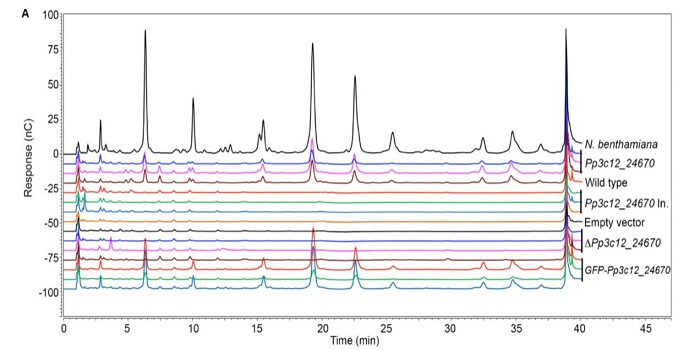
A moss glycosyltransferase produces a novel cell wall arabinoglucan ($) (Plant Cell)
Plants produce a wide range of polysaccharides in their cell walls, some of which are restricted to certain species. Roberts et al. investigated a moss gene encoding an enzyme that resembles a mixed-linkage (1,3;1,4)-β-glucan (MLG) synthase. When expressed in tobacco, this enzyme produces a novel unbranched,…
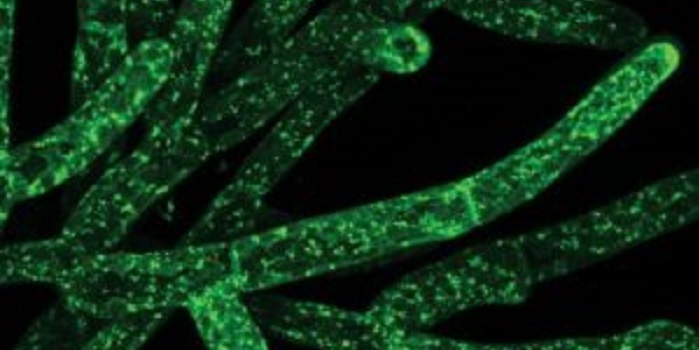
Press Release: Could eating moss be good for your gut?
New work published in The Plant Cell is featured in this press release from the University of Adelaide.
An international team of scientists including the University of Adelaide has discovered a new complex carbohydrate in moss that could possibly be exploited for health or other uses.
The scientists,…

